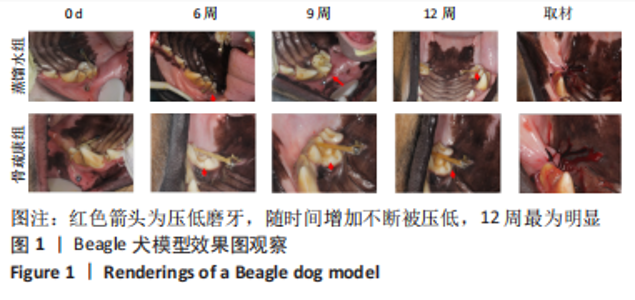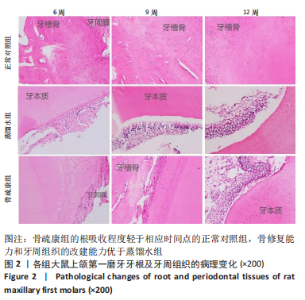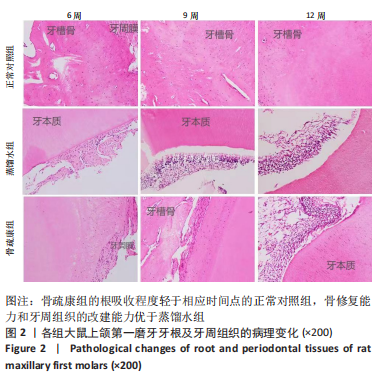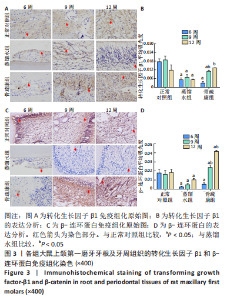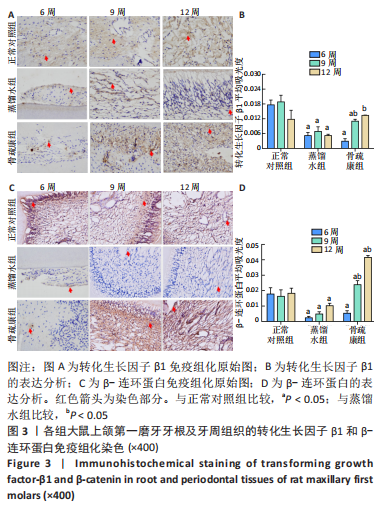[1] PROFFIT WR, FIELDS HW, SARVER DM, et al. Contemporary orthodontics. St Louis: Mosby. 2018:248-268.
[2] ENERBÄCK H, LINGSTRÖM P, MÖLLER M, et al. Validation of caries risk assessment methods in orthodontic patients. Am J Orthod Dentofacial Orthop. 2020;158(1): 92-101.
[3] 邹双双,温兴涛,徐卓,等.微种植支抗压低成年人上颌伸长磨牙的CBCT分析[J].口腔医学,2019,39(5):436-438.
[4] 张春利.微型种植钉支抗在口腔正畸中的临床应用效果[J].口腔医学研究, 2018,10(3):135-137.
[5] 李翀乾,刘继光.正畸治疗中牙根吸收影响因素的研究进展[J].北京口腔医学,2018,26(3):178-181.
[6] 许辉明,陈雪芬,孙晓峰.微型种植体支抗在正畸治疗中的疗效观察[J].牙体牙髓牙周病学杂志,2018,28(12):724-732.
[7] 田青鹭,赵志河.微型种植体在口腔正畸中稳定性的研究进展[J].国际口腔医学杂志,2020,47(2):212-218.
[8] 吴也可,郜然然,左渝陵,等.影响微种植体正畸治疗成功率的因素[J].中国组织工程研究,2020,24(4):538-543.
[9] YU H, WU Z, BAO X, et al. A sustained-release Trametinib bio-multifunction hydrogel inhibits orthodontically induced inflammatory root resorption. RSC Adv. 2022; 12(26):16444-16453.
[10] MANUELLI M, MARCOLINA M, NARDI N, et al. Oral mucosal complications in orthodontic treatment. Minerva Stomatol. 2019; 68(2): 84-88.
[11] 刘锌,杜斌,高丽丽,等.右归饮干预激素性股骨头坏死大鼠骨髓间充质干细胞的自噬及命运[J].中国组织工程研究,2021,25(1):20-25.
[12] 刘锌,杜斌,孙光权,等.右归饮诱导骨髓间充质干细胞修复兔激素型股骨头坏死的实验研究[J].世界中西医结合杂志,2019,14(6):809-814.
[13] 黄荣兰,胡文彬,詹庆昊.中医药通过调控骨代谢相关信号通路治疗股骨头坏死的研究进展[J].中国实验方剂学杂志,2021,27(8):241-250.
[14] 郑志坚,舒冰,赵世天,等.骨疏康颗粒对去卵巢小鼠骨质疏松模型骨丢失和破骨细胞凋亡的影响[J],中华中医药杂志,2020,35(7):3647-3651.
[15] 陈勇.骨疏康胶囊治疗绝经后骨质疏松性转子间骨折的临床效果分析[J].中国骨质疏松杂志,2019,25(11):1571-1575.
[16] 娄颖,马欣.骨保护素对大鼠正畸牙齿移动过程中破骨细胞分化和p38-MAPK信号通路的影响[J].吉林大学学报(医学版),2020,46(6):1221-1226,后插6页.
[17] WANG YH, LI SY, YUAN SJ, et al. MiR-375 promotes human periodontal ligament stem cells proliferation and osteogenic differentiation by targeting transducer of ERBB2, 2. Arch Oral Biol. 2020;117:104818.
[18] WU D, MA L. Downregulating microRNA-152-3p promotes the viability and osteogenic differentiation of periodontal ligament stem cells via targeting integrin alpha 5. Arch Oral Biol. 2020;120:104930.
[19] LI Y, JACOX LA, COATS S, et al. Roles of autophagy in orthodontic tooth movement. Am J Orthod Dentofacial Orthop. 2021; 159(5):582-593.
[20] RAMOS AL, DOS SANTOS MC, DE ALMEIDA MR, et al. Bone dehiscence formation during orthodontic tooth movement through atrophic alveolar ridges. Angle Orthod. 2020; 90(3):321-329.
[21] 谢晨曦,付小明,徐凌,等.基于解剖测量的Beagle犬下颌前磨牙区口腔种植位点的确定[J].第三军医大学学报,2018,40(14):1279-1285.
[22] 丘雨蓓,郭伟忠,陈江.较大载荷下加载时机对正畸微种植钉骨结合的影响[J].口腔医学研究,2019,35(5):480-482.
[23] SCHWARTZ AM. Tissue changes incidental to tooth movement. Int J Orthod. 1992;18(5):331-352.
[24] OHMAE M, MOROHASHI T, MOROHASHI T, et al. A clinical and histological evaluation of titanium mini-implants as anchors for orthodontic intrusion in the beagle dog. Am J Orthod. 2001;119(5):489-497.
[25] 吴周强,廖正宇,赖文莉.功能性 Ⅲ 类错伴前牙反正畸掩饰性治疗长期随访1例[J].中华口腔医学杂志,2018,53(9): 624-627.
[26] MOON CH, WEE JU, LEE HS. Intrusion of overerupted molars by corticotomy and orthodontic skeletal anchorage. Angle Orthod. 2007;77(6):1119-1125.
[27] 喻凤,邓锋,张翼,等.骨皮质切开术对Beagle犬前磨牙压入移动影响的三维形态学研究[J].华西口腔医学杂志,2016,34(3):267-271.
[28] 于烁,丁丽娜,李乾鹏,等. TGF-β 1和Smad7在口腔鳞状细胞癌中的表达及意义[J].北京口腔医学,2019,27(2):80-83.
[29] SALKIN H, ACAR MB, KORKMAZ S, et al. Transforming growth factor β1-enriched secretome up-regulate osteogenic differentiation of dental pulp stem cells, and a potential therapeutic for gingival wound healing: A comparative proteomics study. J Dent. 2022; 14:104224.
[30] 何静. TGF-β超家族成员在正畸源性牙根吸收中的作用[J].中国美容医学, 2020,29(10):186-189.
[31] 王凯,宋敏,文皓楠,等.转化生长因子-β在骨代谢中作用机制的研究进展[J].中国骨质疏松杂志,2020,26(2):308-312.
[32] INOUE M, NAGAI-YOSHIOKA Y, YAMASAKI R, et al. Mechanisms involved in suppression of osteoclast supportive activity by transforming growth factor-β1 via the ubiquitin-proteasome system. PLoS One. 2022;17(2): e0262612.
[33] YE M, ZHANG C, ZHU L, et al. Yak (Bos grunniens) bones collagen-derived peptides stimulate osteoblastic proliferation and differentiation via the activation of Wnt/β-catenin signaling pathway. J Sci Food Agric. 2020; 100(6):2600-2609.
[34] 费晓娟,金美林,卢曾奎,等.骨形态发生蛋白-2(BMP2)基因的生理功能和信号通路研究进展[J].中国畜牧杂志,2021,57(3):1-6.
|
